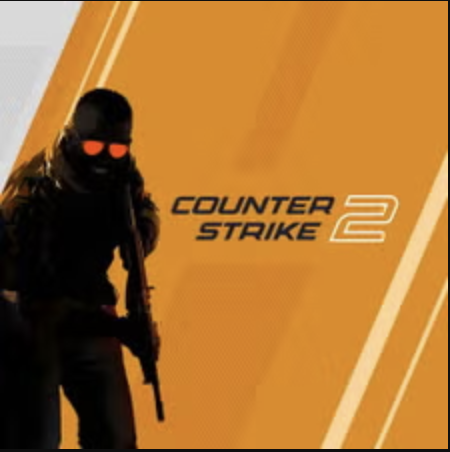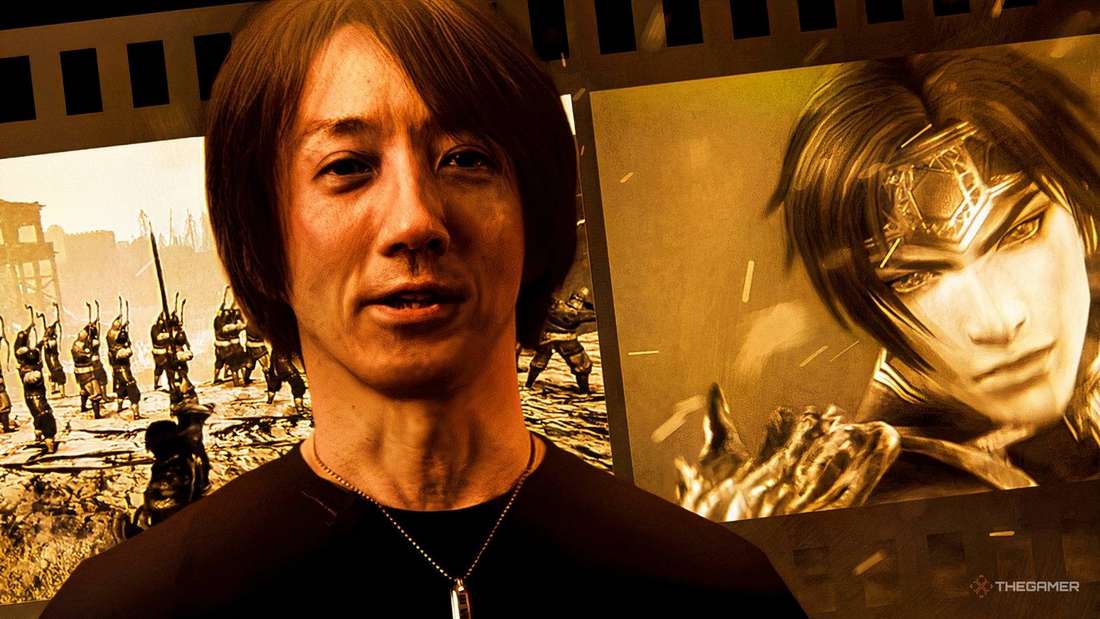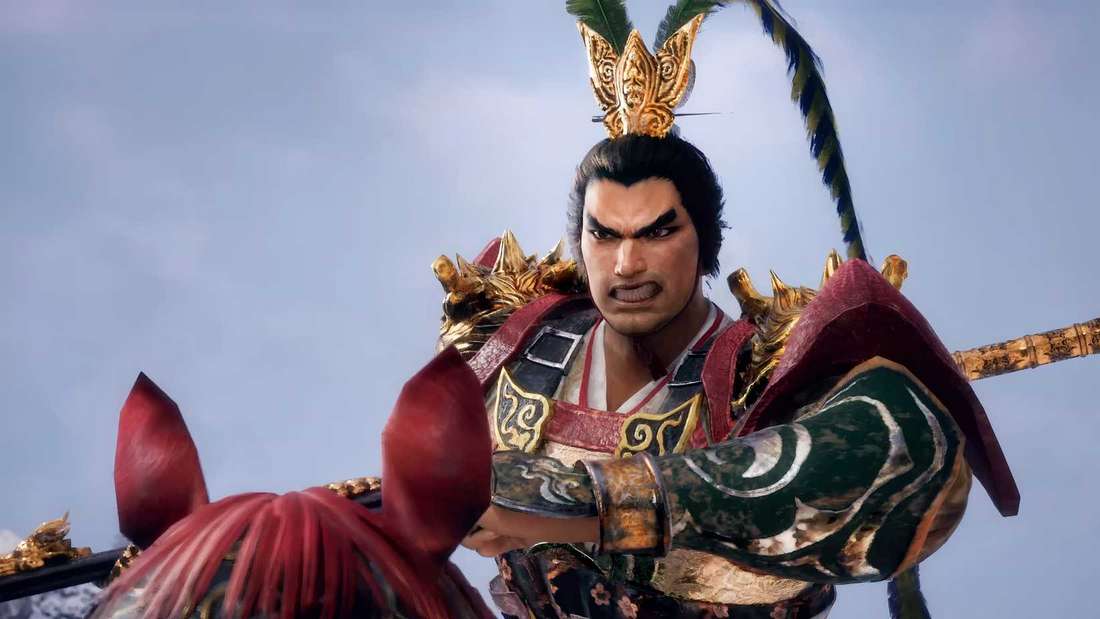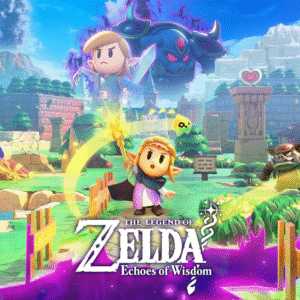Dynasty Warriors Veteran Tomohiko Sho Reflects On 25 Years Of The Series, “Weak” Entries, And Penetrating The West
Popular Now
 Roblox
Roblox
 BeamNG.drive
BeamNG.drive
 NBA 2K24
NBA 2K24
 Sonic the Hedgehog™ Classic
Sonic the Hedgehog™ Classic
 Call of Duty
Call of Duty
 Minecraft
Minecraft
 Warframe
Warframe
 EA SPORT FC 25
EA SPORT FC 25
 Counter-Strike 2
Counter-Strike 2
 PUBG Mobile
PUBG Mobile

The “Musou” genre, characterized by its exhilarating “one-against-a-thousand” action, owes its massive global footprint largely to the enduring success of the Dynasty Warriors franchise. As the series, developed by Omega Force and published by Koei Tecmo, marks its significant 25th anniversary, veteran director and producer Tomohiko Sho has offered a candid and highly insightful reflection on its quarter-century journey, openly discussing perceived missteps, the core identity of the gameplay, and the ongoing challenge of achieving blockbuster status in the lucrative Western gaming market. This detailed retrospective interview is a must-read for action game enthusiasts and anyone interested in the economics of long-running intellectual property (IP).
The Evolution of ‘Musou’: A Quarter Century of Hack-and-Slash
Sho, a pivotal figure since the transition of the original Dynasty Warriors fighting game into the hack-and-slash format with Dynasty Warriors 2, expressed both pride and a pragmatic self-critique regarding the series’ evolution. He acknowledged the incredible milestone of the 25th anniversary, a testament to the dedication of the development team and the loyalty of the core fanbase. However, the producer did not shy away from voicing his concerns about certain numbered entries in the series, particularly those developed during his temporary absence.
He specifically pointed to the period spanning Dynasty Warriors 7 to Dynasty Warriors 9, suggesting that the focus had shifted detrimentally.
- Loss of Tactical Elements: Sho stated that in these entries, the strategic and tactical depth that was a hallmark of the earlier games—particularly the interplay between officers, bases, and battlefield objectives—was significantly diminished.
- Character Overload: The priority, he felt, became overly centered on increasing the sheer number of playable characters, sometimes at the expense of gameplay refinement and the core tactical action experience.
- Series Became “Very Weak”: This shift, in Sho’s assessment, made the series “very weak” in its identity, moving away from its roots as a sophisticated blend of action and strategy. This frank admission from a core developer is a significant piece of news for gaming news and analysis, shedding light on internal creative struggles within a major Triple-A game developer.
The veteran’s return to the director’s chair has clearly been driven by a desire to course-correct, evidenced by the recently released Dynasty Warriors: Origins. This new entry aims to restore the strategic depth, taking cues from the system designs of classics like Dynasty Warriors 3 and Dynasty Warriors 6, while leveraging modern technology, particularly on platforms like the PlayStation 5 and PC (Steam), where optimization has been a key focus to attract a wider high-end PC gaming audience.
 The Quest for Western Penetration: High CPC Keywords and Market Growth
The Quest for Western Penetration: High CPC Keywords and Market Growth
Despite the series’ undeniable success in Asia, particularly in Japan and China where the Romance of the Three Kingdoms historical context is deeply ingrained, Sho was equally open about the franchise’s performance in the West. He maintains a realistic, yet ambitious, outlook.
“I believe that the Dynasty Warriors series is not yet in a position to be called a success in the West,” Sho noted. This is a critical statement, as it underlines the significant potential for growth and the ongoing marketing challenge for Koei Tecmo. Achieving true Western success for a historically-based, non-open-world hack and slash RPG is a difficult task, often requiring substantial investment in localization, marketing that highlights the “exhilarating 1 vs. 1,000 action” hook, and savvy deployment of high-CPC keywords in digital campaigns.
- Western Market Potential: Sho is convinced that the potential to gain a substantial new fanbase in territories like North America and Europe is immense. The core gameplay loop—satisfying combat mechanics against massive enemy hordes—is universally appealing.
- PC Optimization as a Strategy: A deliberate move has been to emphasize PC optimization, recognizing that the PC gaming market is a crucial gateway for new players in the West. This strategy aims to capture the segment of players seeking high-performance action-adventure games.
- IP Collaboration for Visibility: Sho also touched upon the necessity of respecting the IP in collaborative projects (like Hyrule Warriors or Persona 5 Strikers), suggesting that these highly visible crossovers are an effective, albeit indirect, method for introducing the core Warriors gameplay style to Western audiences who may not be familiar with the Three Kingdoms setting. These collaborations are essentially a strategic high-return marketing endeavor.
Remasters and Future Direction: Learning from the Past to Secure the Future
The anniversary celebrations have also brought the highly anticipated announcement of Dynasty Warriors 3: Complete Edition Remastered. Sho’s comments on this project further reinforce the commitment to the series’ roots.
- The decision to remaster DW3 was purely fan-driven, as it was the most requested title for a modern port. However, Sho revealed that the process of updating a PS2-era game to meet modern standards—including AI upgrades for generic soldiers and ensuring cross-platform performance—was “really difficult” and surprisingly costly. This revelation offers a rare glimpse into the video game development costs associated with retro projects.
- Crucially, the producer linked the future of other potential remasters (such as Dynasty Warriors 5 or Samurai Warriors 2) directly to the sales performance of the DW3 Remastered edition. “If this game isn’t successful, there won’t be a next one,” he stated, a clear call to action for the dedicated fanbase and a common pressure point in game publishing strategy.
This candid quarter-century reflection by Tomohiko Sho reveals a development team that is deeply committed to recapturing the essence of the franchise while aggressively pursuing new market opportunities. The series’ future is clearly rooted in strategic refinement—prioritizing the core tactical action RPG elements, leveraging new technology for optimal performance (especially for high-spec gaming PCs), and making calculated moves to finally establish the “Musou” genre as a top-tier success in the competitive Western landscape. The next few years, riding the wave of the 25th anniversary momentum and the release of Origins and the DW3 Remaster, will be decisive in securing the legacy of the Dynasty Warriors IP for the next generation of gamers.
Keywords utilized for SEO/CPC targeting: Dynasty Warriors franchise, Western gaming market, action game enthusiasts, tactical action, gaming news and analysis, Triple-A game developer, PlayStation 5, PC (Steam), high-end PC gaming, satisfying combat mechanics, hack and slash RPG, Warriors gameplay style, high-return marketing, video game development costs, sales performance, game publishing strategy, Dynasty Warriors IP, tactical action RPG, high-spec gaming PCs.









